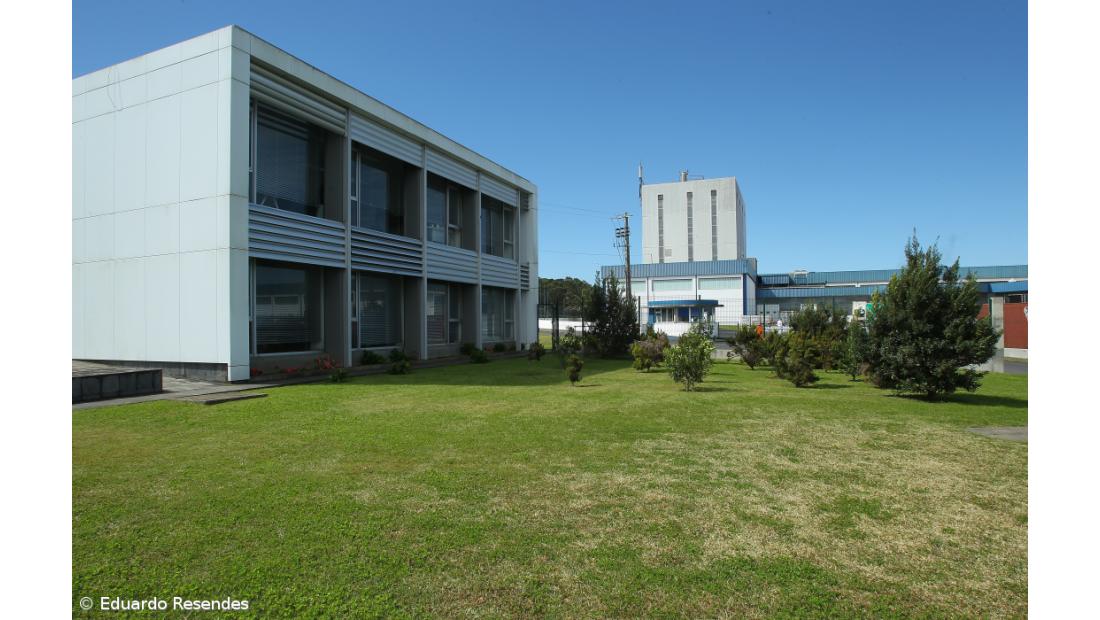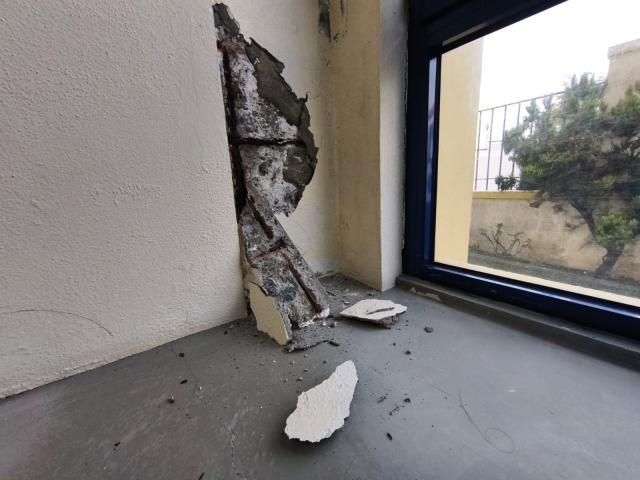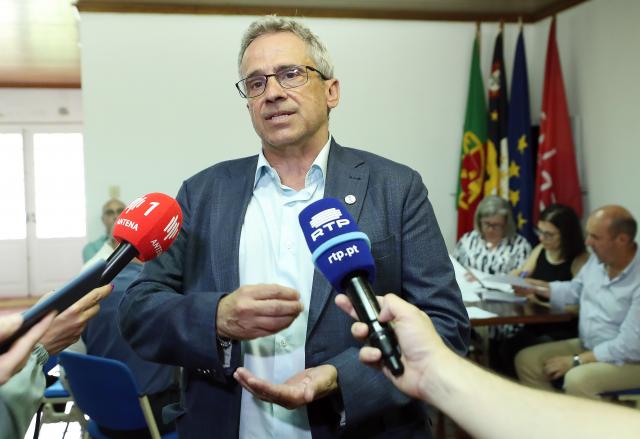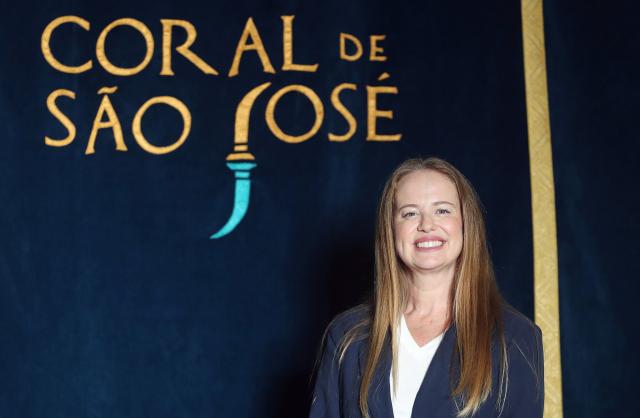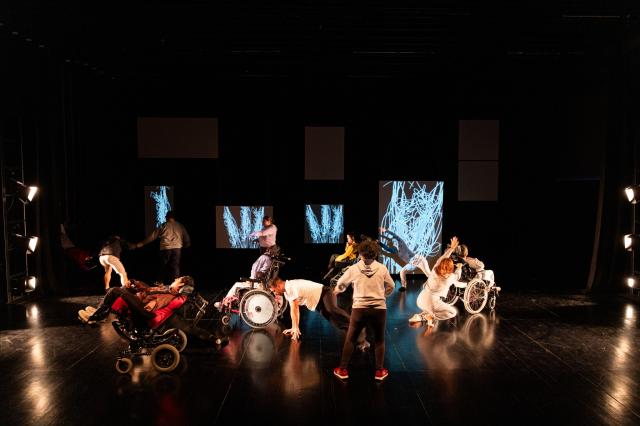The price of electricity has skyrocketed in the region, and for large consumers of electricity, such as dairies, this is a cost that affects their entire business. The use of renewable energy, such as photovoltaics, has therefore become more attractive.
Greenvolt Next Portugal presented technological solutions that convinced Unileite and Insulac to take this step. This is how the two largest self-consumption energy production plants in the Azores will come about.
As Pedro Ramalhosa, co-founder and partner of Greenvolt Next Portugal, explains, "the largest self-consumption power plant on the islands is now coming online" – it is a 1 megawatt project for Unileite. And the largest will be the Insulac plant, with 1.2 megawatts, which is expected to "be completed and connected by the end of the first half of 2024". For Insulac, the project "contains panels to place on a roof, but also a covered parking lot with solar panels that will allow us to reach this power, meeting Insulac's energy needs during the day and having a significant impact on reducing energy consumption from the grid".
"To give you an idea of the impact this plant might have over a whole year, we could be talking about a reduction of between 20 and 25% of a factory's total needs, which for a customer who works 24 hours a day, 365 days, turns out to be very interesting. We are talking about reducing the grid's energy needs by a quarter," says the entrepreneur.
In the case of Insulac, the investment in building the plant will be guaranteed by the company itself, with EU funding. As Pedro Ramalhosa points out, "the support facilitated the implementation of the project, and this is one of the cases in which it was accelerated by the increase in the cost of energy from 2022 to 2023". Insulac "was one of the clients we had been studying for a few years and which has now decided to go ahead with the investment due to the cost of energy," he explains.
In the case of Unileite, the contract signed with Greenvolt is different: "it is a project in which we have done all the engineering and construction support; we are also going to do all the maintenance, so we are guaranteeing the investment; and for 10 years we are guaranteeing an energy price which, nowadays, is between 50 and 60% cheaper than getting that energy from the grid."
Asked if it is possible for industry to be totally energy autonomous, Pedro Ramalhosa explains that "it is still utopian [to rely solely on green energy], especially for a consumer who requires energy for 24 hours, because that means we would have to produce a lot more during the day and store it for use at night".
Greenvolt, which does not work with the residential market, focuses on the region's large energy consumers. "We have several projects of various sizes, on islands such as Terceira, Faial, Pico and São Miguel, as well as a project that is at a very preliminary stage on the island of São Jorge," he says, explaining that, in addition to projects for dairies and the farming industry, they also have projects in the food retail sector and the hotel industry. It is on São Miguel, however, that Greenvolt has "a stronger presence: between construction and projects under development, we have around 3.4 megawatts of installed power, which is already significant for the island's environment," he says, revealing that the company has a 4.5 megawatt project in hand for injection into the grid on the island of São Miguel.
Having an island consuming 100% renewable energy "is complex"
The co-founder and partner of Greenvolt Next Portugal, a company specializing in distributed generation solutions for self-consumption, says that getting an island to consume 100% renewable energy "is still complex in technological terms", but "all the stakeholders are working towards it".
"It involves a lot of technology from manufacturers of batteries, panels, wind turbines, hydroelectric turbines. It also involves a lot of coordination between consumption and production," he explains.
This happens because the grid operator (in this case EDA) has to overcome a major challenge: "It has to turn intermittent power into firm power in order to safeguard the island's energy needs". For the time being, "what we have been trying to do is to allow renewable energy to penetrate, but at the same time trying to find a way to turn it into 'firm power'; when there is too much production, it is stored, and when there is too little production, what is stored in the battery is used".
The answer to the challenge therefore lies in storage systems, says Pedro Ramalhosa, "either via batteries or via water. However, the island makes the challenge a little less difficult because of its size, and also because of the investment required.”

